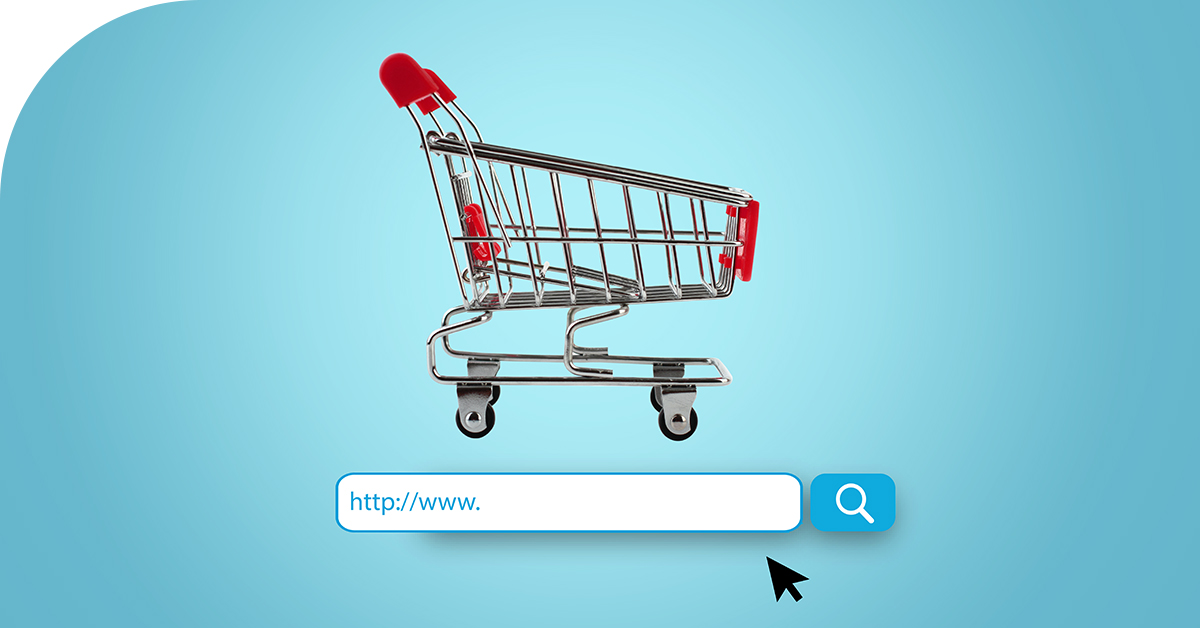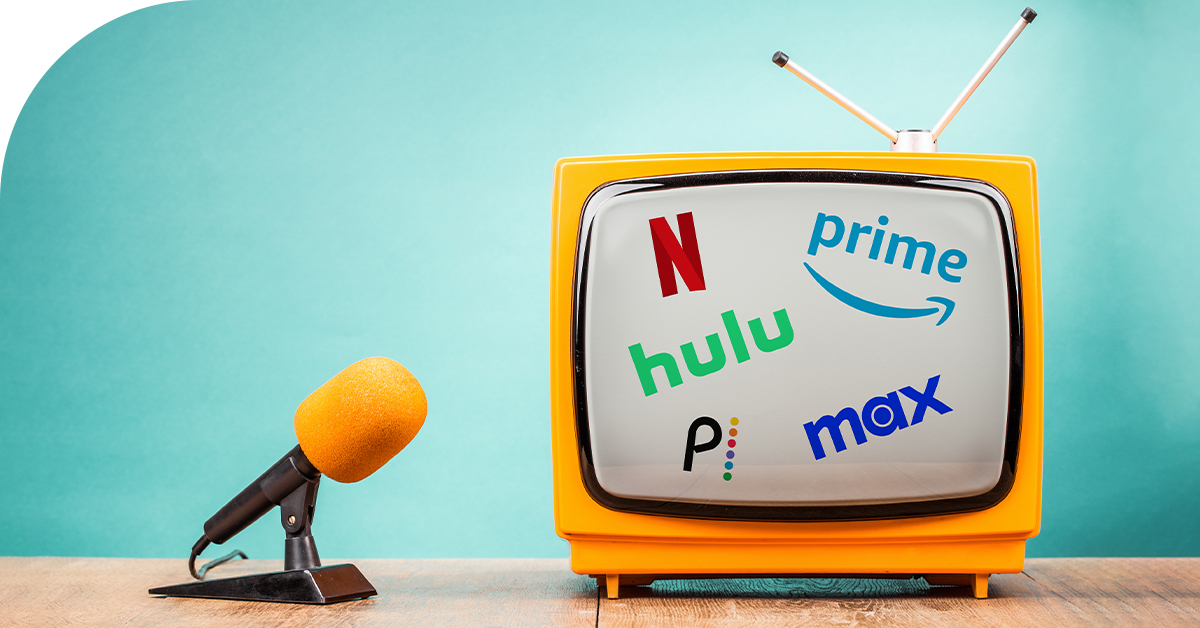Retail media is taking a strategic position in the digital advertising space, emerging as a powerful, future-proof channel to bring brands closer to their target audiences. According to a recent forecast by eMarketer, omnichannel retail media ad spend is set to hit $59.98 billion in 2024. With such substantial investment flowing into this channel and a growing demand for first-party data, it’s clear that many other businesses will seek to capitalize on the opportunities presented by retail media. In this blog, we’ll outline what retail media is and how you can capitalize on this advertising opportunity.
Leveraging Data for Precision Targeting
Successful retail brands are capitalizing on the rich reservoirs of data housed within major retailers’ ecosystems. By tapping into finely-tuned, purchase-based audiences, these brands achieve closed-loop measurement, accurately attributing online and in-store sales to their digital campaigns.

Retail media allows advertisers to target specific audiences based on their shopping behaviors, preferences, and demographics. This targeted approach enhances the effectiveness of advertising campaigns by reaching consumers who are more likely to be interested in the products or services being promoted.
Despite uncertainties surrounding cookie-based targeting and shifts towards opt-in advertising, retailers remain resilient, leveraging their vast repositories of first-party consumer data to drive personalized ad delivery and measured performance.
What is retail media?
In brief, retail media refers to advertising strategies where brands collaborate with retailers to reach their target audience. When you think of retail media, you probably think of more traditional examples, like branded in-store end caps or coupons and catalogs via direct mail, but modern retail media has evolved significantly with the digital transformation of the industry.

By becoming a more integral part of the digital marketing landscape, retail media has become a mechanism where brands can leverage the data and, in many cases, the on-site inventory of their retailers and their respective platforms to promote their own products or services. Today, retailers are rolling out their own advertising platforms (see: Walmart Connect, Amazon Ads, or Kroger Precision Marketing) or partnering up with industry-leading buy-side platforms to provide advertisers the ability to target against their first-party, purchase-based audiences and accurately measure the corresponding performance and impact of their marketing efforts. So which retailer is leading the charge?
Diversified Placement Opportunities
As retail and ad tech continue to merge, retailers are expanding their array of media placement options significantly. These encompass “on-site” advertising opportunities, which involve showcasing ads and videos directly on the retailer’s own websites or apps (for instance, Amazon Sponsored Product Ads). Meanwhile, there’s also what’s commonly known as “off-site advertising,” where retailers furnish advertisers with the necessary data to target their customers across third-party channels like Connected TV (CTV) streaming platforms, diverse web publishers, or social media platforms. Notably, all this is accomplished while leveraging the invaluable audience data inherent in their respective retail platforms.
4 Strategies for Retail Media Success
In the dynamic world of retail media, savvy brands are capitalizing on the wealth of data provided by retailers to execute highly effective omnichannel campaigns. These campaigns employ a diverse array of targeting strategies, each tailored to engage and resonate with specific audience segments, such as:
1. Competitive Conquesting: This tactic empowers advertisers to zero in on consumers who have previously or frequently purchased products from their competitors. Depending on the retailer’s capabilities, this approach can vary from broadly targeting frequent purchasers of products within your category to more precisely retargeting individuals who have recently bought specific items from your competitors.
2. Retargeting Past Purchasers: Particularly impactful for brands in industries like CPG, F&B, and apparel, retargeting past purchasers serves as a potent method to re-engage with an existing customer base. Whether the aim is to advertise a sale, introduce a new product, or maintain brand awareness, this tactic stands as a cornerstone within retail media, consistently delivering strong results across diverse campaign objectives.
3. Excluding Past Purchasers: Leveraging the same past purchaser data, many brands opt to exclude these individuals from their targeting efforts to ensure their ad impressions aren’t wasted on users who have already made a purchase and are no longer potential customers. This tactic is commonly employed by brands with a focus on one-time purchases, such as appliances or consumer electronics.
4. Targeting Lifestyle and Past & Predictive Category Buyers: Targeting Lifestyle and Past & Predictive Category Buyers: An essential aspect of retail media strategy involves leveraging retailer-syndicated lifestyle and purchase category segments to connect with the desired audience. Whether it’s a burgeoning healthy snack brand seeking out regular purchasers of organic or health-conscious products, or a pet food brand aiming to increase awareness among new or existing pet owners, this tactic serves as a fundamental upper-funnel approach for all retail media campaigns.

In summary, retail media is important due to its ability to target consumers effectively, provide valuable data insights, accurately measure results, and enhance the overall shopping experience. As the retail landscape evolves with technological advancements and changing consumer expectations, retail media is poised to become an even more crucial marketing strategy moving forward.
Ready to get started?
With Choozle, you gain access to a network of top-tier retailers and buy-side platforms, allowing you to execute strategic and high-performing media campaigns seamlessly. Whether your brand is featured on Amazon, Walmart, Target, Kroger, Albertsons, Walgreens, Meijer, Drizly, Fanatics, or any other major retailer, we’ve got you covered.
If your brand is already selling through these retail channels or simply interested in exploring the potential of retail media, our team is here to help. Reach out to us at [email protected], and let’s schedule a call to discuss how Choozle can tailor a solution to meet your specific marketing objectives. Let’s elevate your brand together.

About the author:
Hunter Phillips is the Director of Business Development and Learning at Choozle and is passionate about helping companies drive growth through marketing technologies. Throughout his seven-year tenure with Choozle he has worked in various roles across AdOps, Product, and Partnerships. Before Choozle, Hunter led marketing efforts for several early-stage technology companies. Outside of work, Hunter spends his time traversing Colorado outdoors with his rescue pup, Pepper, and exploring all the new restaurants and live music Denver offers.







